In this video we discuss the 4 different levels of protein shape, as we cover primary, secondary, tertiary or the third level, and quaternary or the fourth level. We also discuss the denaturation of protein and some things that cause it. Protein shape There are 4 different levels of protein structure, or protein shape. Primary, secondary, tertiary or the third level, and quaternary or the fourth level. The primary or 1st level of protein structure is a chain like or linear sequence of amino acids joined by peptide bonds as you see here. The secondary or 2nd level has 2 shapes, an alpha helix or coil like formation, or folded pattern called a beta sheet. In both of these structures hydrogen bonds between the amino acids stabilize the shape of the protein. The tertiary or 3rd level of protein structure involves more folding and bonding of the secondary structure. The coils may even touch each other as some covalent bonds form from the sharing of electrons between different amino acids, but most of these twists and folds occur from the result of ionic bonds between positively and negatively charged r groups of amino acids. The quaternary or 4th level is where clusters of more than one polypeptide chain link together to form a giant molecule. Many different types of bonds may be formed within this structure. The shape of a protein is important, for instance, fibrous proteins are extended linear proteins that are part of ligaments, tendons and muscles, and globular proteins fold into almost spherical shapes and have their hydrophobic or water fearing r groups buried deep within the core, and their hydrophilic or water loving r groups extended out into the water when in an aqueous environment. Proteins take their shape based on the job they are required to perform and some have moving parts that are important to their functions. Proteins can have their structure or shaped by denaturation. When this happens, the protein is no longer able to carry out its job. Denaturation can take place because of change of temperature, change in pH, or in the presence of certain hazardous chemicals.
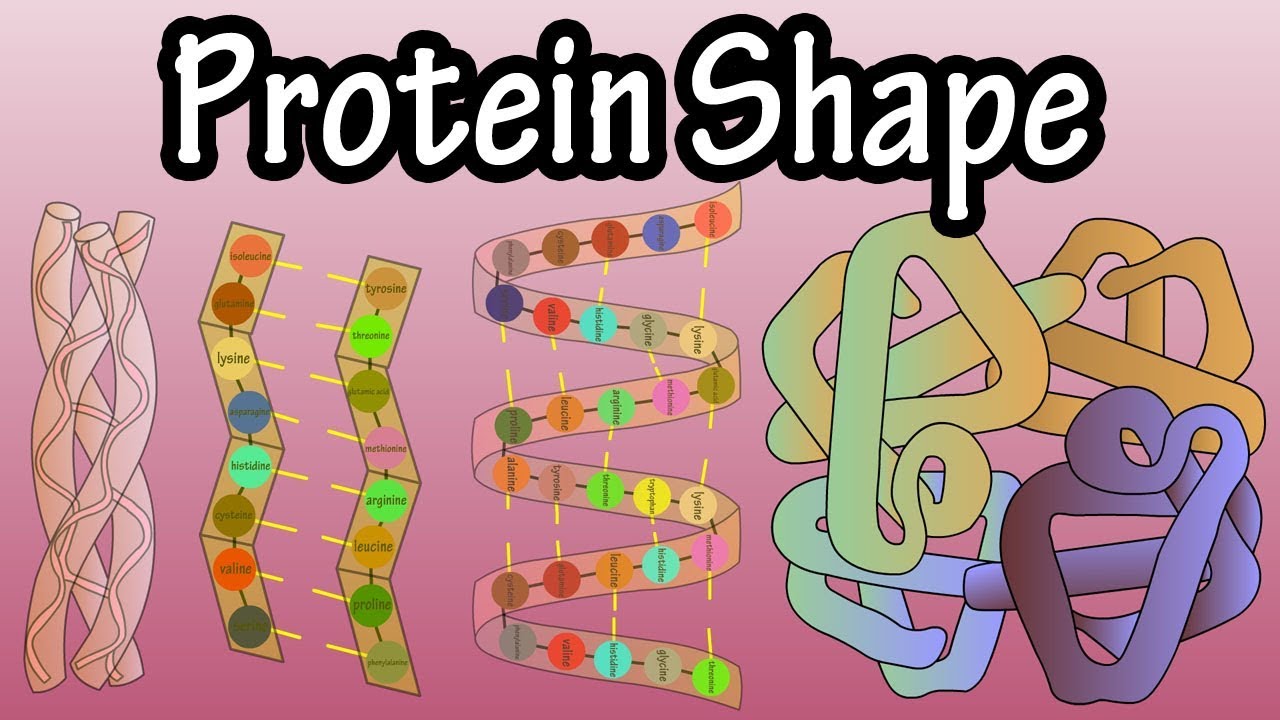
Protein Shape – Levels Of Protein Structure – Shape Of Proteins – What Is Protein Denaturation
- Post author:
- Post published:May 15, 2021
- Post category:Uncategorized
- Post comments:0 Comments
You Might Also Like
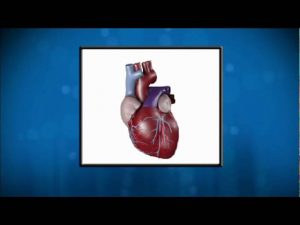
What is Cardiovascular Disease? Doctor Akshay Khandelwal Explains
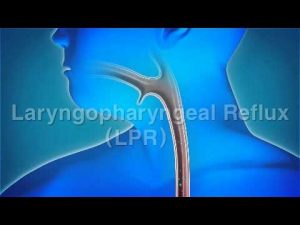
Mechanism of action – Proton pump inhibitors

Health Benefits of Fish Oil Omega-3 Fatty Acids | GuruMann

Why Do Newborn Babies Get Jaundice?

Shoulder band workout

How to Choose a Gynecomastia Surgeon

Low impact, high intensity cardio and ab workout – at home HIIT fat burning interval exercises
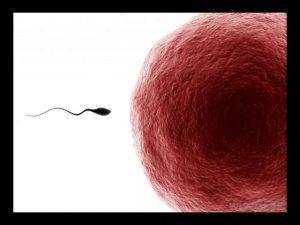
What Is the Difference between Sperm and Semen
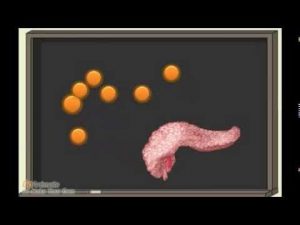
Type 2 Diabetes: Understanding the Link Between Obesity & Type 2 Diabetes

What does it mean when you have black watery diarrhea ? | Best Health Channel

What causes Diarrhea? + more videos | #aumsum #kids #science #education #children
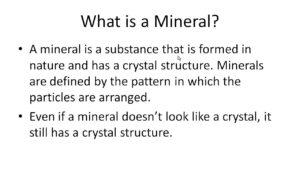
What is a Mineral?
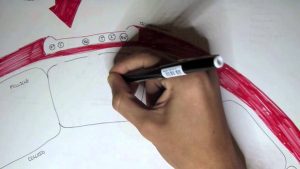
Thyroid Gland – Thyroid Hormones
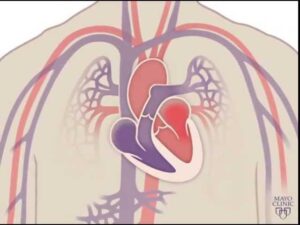
Human Body Systems Video – 1
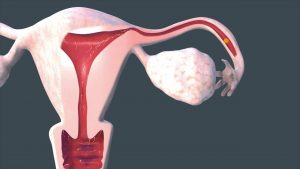
Sperm Meets Egg: Weeks 1 to 3 of Pregnancy

MY EXTREME FAT LOSS DIET – Full Day OF Eating – Meal By Meal
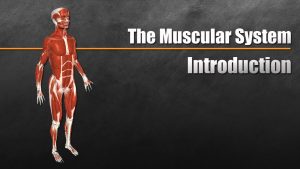
The Muscular System Explained In 6 Minutes
Protein Requirement According To Workout

The Aesthetic Effects of Popular Steroids Test, Tren, Deca, Dbol & more

How to do a Dragon Flag (GET KILLER ABS!)

BCAA Supplements – Are They Necessary? (Branched Chain Amino Acids)

Sugar Free, Low Sugar Video – 22
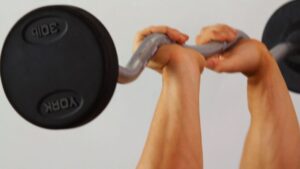
Close Grip Triceps Extension-5
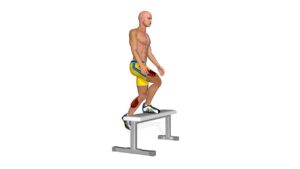
Step Up-3

Cardio-Thoracic Physiotherapy Video – 13

Physiotherapy in Rehabilitation Video – 5

COOLDOWN “Faded” – Alan Walker / Choreo Zumba By Javi & Patrick

Dermatology/Skin Surgeries Video – 2

Build An Amazing Upper Body With This Push-Up Workout – Just 4 Exercises

FAQ 11: What To Eat Before and After a Workout | Health and Fitness

5 Tips to Increase Training Intensity with Big J
![Read more about the article Metabolism [ Anabolism, Catabolism ]](https://videos.drmaheshkumar.com/wp-content/uploads/2021/10/Metabolism-Anabolism-Catabolism--300x169.jpg)
Metabolism [ Anabolism, Catabolism ]

FAQ 9: Can We Drink Water During Exercise? | Health & Fitness | Guru Mann

Upper body workout (middle back, biceps, lats): bent over dumbbell row
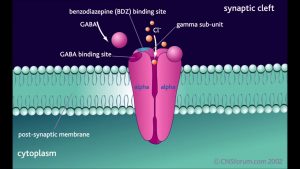
Xanax in the Brain- Brandon Cruz

CONCENTRATION CURLS for PEAK on BICEPS! (Hindi / Punjabi)

Insulin the best and safest way to use for bodybuilding

BUILD STRONGER SHOULDER WITH LAT PULL DOWN

Best Protein Powder For Different Body Types | BeerBiceps Fitness

INSANE BICEPS: Preacher Curls at Home!
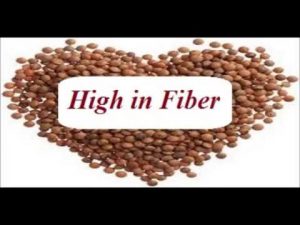
Lentil and Vegetable Fat Burning Soup – Easy Recipe for your Weight Loss Diets

